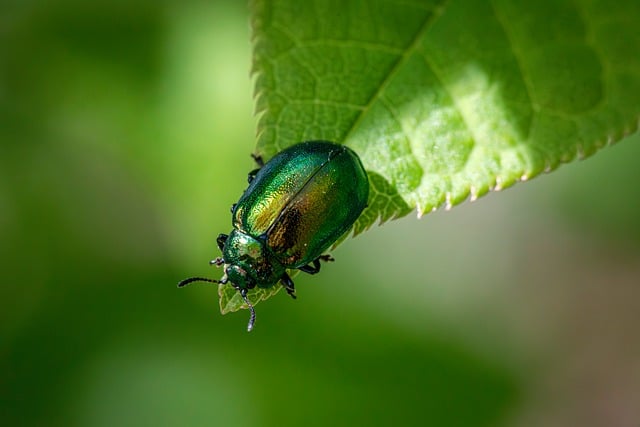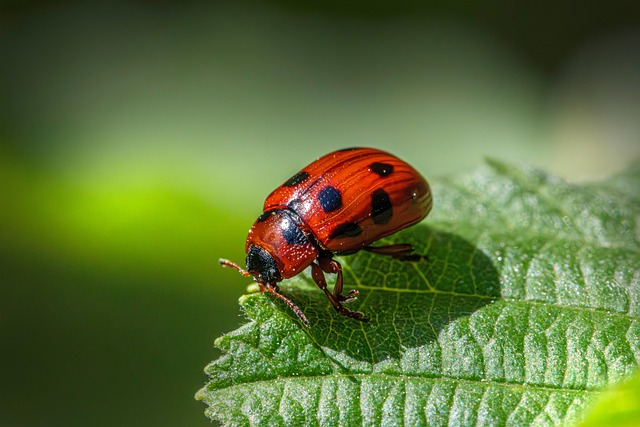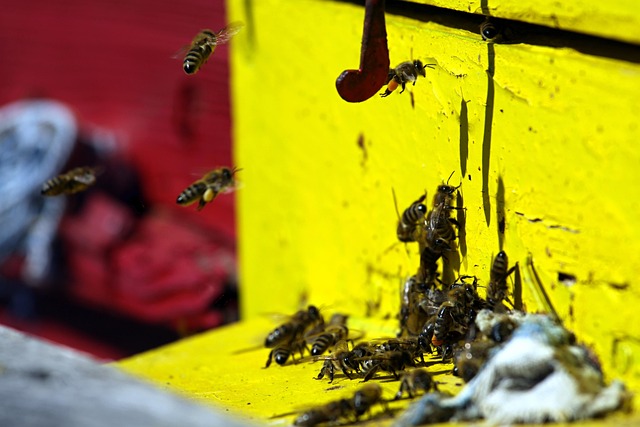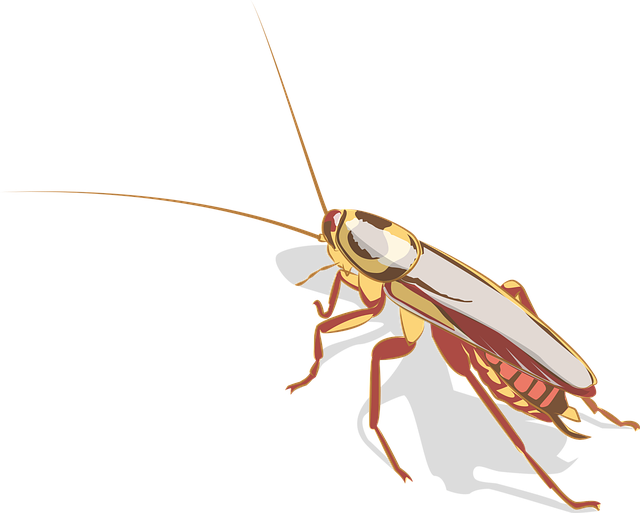Small black droppings often indicate pest infestations in Arvada homes. Timely intervention is key; regular inspections in prone areas help identify culprits like ants or flies, which prompt targeted strategies from professional services. Effective pest control involves blocking entry points, disrupting breeding cycles with pesticides or eco-friendly alternatives, and implementing preventive measures like physical barriers, clean spaces, and strategic lighting to deter pests naturally, ensuring a healthier environment.
Pest control is a vital consideration for any homeowner, especially when dealing with small black droppings—a sign of unwelcome visitors. This comprehensive guide explores effective strategies to combat these tiny invaders and protect your Arvada home. We’ll delve into identifying the pests responsible for the droppings, understanding their habits, and implementing robust barrier protection measures. Additionally, discover long-term solutions to prevent pest reoccurrence, ensuring a peaceful and pest-free environment.
- Understanding Small Black Droppings: Identifying the Pests and Their Habits
- Implementing Effective Pest Control Measures for Barrier Protection
- Long-term Solutions: Preventive Strategies to Keep Pests at Bay
Understanding Small Black Droppings: Identifying the Pests and Their Habits

Small, black droppings are often an early sign of pest infestation, particularly from common pests like ants or flies. In Arvada, pest control for small black droppings requires understanding the habits of these intruders to effectively address the issue. Ants leave distinct trails of pheromones, leading other ants to food sources, and their droppings appear as tiny, granular clusters. Flies, on the other hand, are attracted to decaying organic matter and often lay eggs nearby, resulting in small, fresh-looking droppings.
Identifying these droppings is crucial for timely intervention. Regular inspections, especially in areas with food or potential breeding grounds like garbage bins or compost piles, can help detect the presence of pests early. Once identified, professional pest control services in Arvada can employ targeted strategies to eliminate the infestation, blocking entry points and using suitable pesticides to disrupt their trails and breeding cycles effectively.
Implementing Effective Pest Control Measures for Barrier Protection

Implementing effective pest control measures is paramount for ensuring barrier protection, especially in areas prone to specific pests like those causing small black droppings in Arvada. The first step involves identifying the type of insect infesting your space. Common culprits behind these black droppings could be ants or certain types of flies, each requiring distinct approaches. Once identified, targeted treatments can include professional pest control services that employ safe, eco-friendly chemicals or non-chemical alternatives like traps and baits.
Regular inspections are crucial to deterring pests from establishing colonies. Maintaining a clean environment by promptly addressing spills and crumbs, sealing entry points, and keeping trash securely contained significantly reduces attractants. Property owners in Arvada should also consider implementing physical barriers such as screens and door sweeps to prevent re-infestation after initial control measures have been taken.
Long-term Solutions: Preventive Strategies to Keep Pests at Bay

Pest control in Arvada, especially for issues like small black droppings, requires a shift from reactive to preventive strategies for long-term solutions. By understanding the behaviors and habitats of common pests, homeowners can implement measures to create an environment that discourages their entry. This includes sealing gaps and cracks, ensuring proper drainage around buildings, and maintaining a clean, clutter-free space both indoors and out. Regular inspections are crucial to identifying potential entry points before they become problem areas.
One effective approach is to establish physical barriers like screens, traps, and protective coatings that act as the first line of defense. These can be combined with natural deterrents such as plants known for their pest-repelling properties or by using strategic lighting and ventilation to disrupt pests’ navigational cues. Proactive measures not only save on the costs associated with regular insect control but also contribute to a healthier, more sustainable living environment in Arvada.
